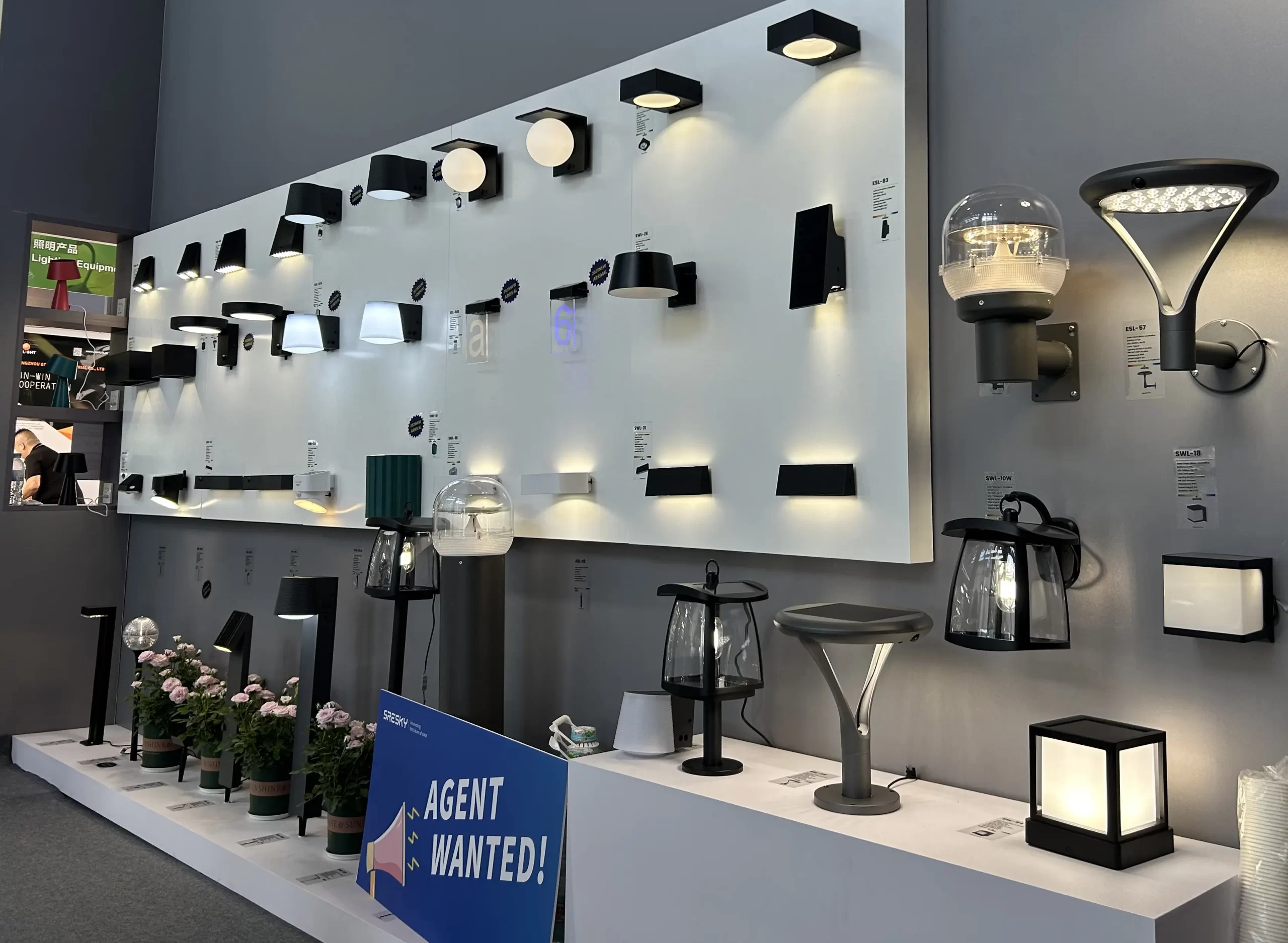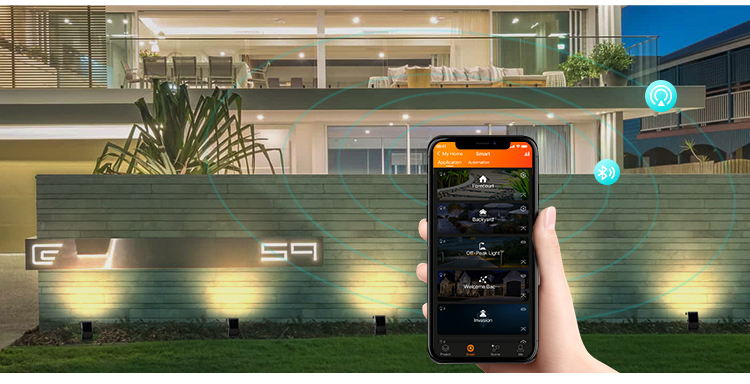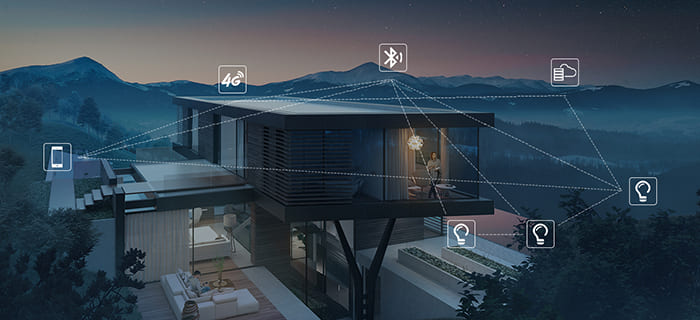In overseas B2B solar lighting projects, engineering contractors and procurement managers often face a core challenge: ensuring sufficient Solar Light Lifespan to reduce maintenance costs and optimize Total Cost of Ownership (TCO). Industry data indicates high-quality solar luminaires typically last 5–10 years, while low-end products often require replacement within 1–2 years, leading to budget overruns and customer dissatisfaction.
As Sresky’s smart lighting subsidiary, Sottlot leverages its parent company’s 20 years of R&D expertise and patented technologies—including the SRE-MESH intelligent system—to address these pain points. This article explores how Sottlot ensures Outdoor Solar Lamp Reliability through advanced battery management, thermal design, and durable materials, optimizing Commercial Solar Light Maintenance to enhance project value.
The Core of Durability: Sottlot’s Lithium-Ion Battery Longevity Strategy
The battery serves as the “heart” of solar lighting fixtures, directly determining overall lifespan. Sottlot products universally employ high-quality Li-ion batteries integrated with intelligent management systems to ensure outstanding performance in commercial applications.
According to industry standards, premium Li-ion batteries can achieve a cycle life exceeding 2,000 cycles, translating to 3–5 years of sustained operation under daily use without frequent replacements.
Beyond Capacity: Why Battery Cycle Life is Critical for B2B Projects
Cycle life—the number of complete charge/discharge cycles from full capacity—is a core indicator of Long Life Solar Lights reliability. Sottlot uses Li-ion cells with 2,000+ cycles, far exceeding the market average of 1,000–1,500 cycles.
For instance, the URANUS series solar floodlights maintain 3–5 days of continuous illumination even during prolonged rainy periods. For B2B projects such as community landscape lighting or commercial properties, this reduces downtime and enhances system stability, preventing brightness degradation caused by battery decay. In a Southeast Asian park project, Sottlot’s products exceeded battery life expectations, helping the client save 20% on maintenance budgets.
Health Guardian: Intelligent Battery Management System (BMS)
Sottlot’s integrated intelligent BMS (Battery Management System) continuously monitors voltage, current, and temperature, providing multi-layered protection against overcharging, over-discharging, overheating, and short circuits. This prevents premature battery failure in extreme environments like high-temperature deserts or low-temperature mountainous regions.
According to Sottlot’s specifications, this BMS extends battery life by 30% while ensuring stable operation under IP65 waterproof ratings. For B2B clients, it reduces long-term risks and streamlines maintenance—diagnosing issues requires no specialized tools. In practical applications such as the ALPHA series solar streetlights, the BMS integrates with rain sensors and expansion ports to enhance system adaptability, helping engineers maintain efficiency across variable climates.
Combating Lumen Decay: Ensuring Consistent Brightness Year-Round
LED lumen decay is a common “silent killer” in solar lighting, gradually reducing brightness and compromising illumination. Through precision engineering, Sottlot ensures Durable Solar Wall Lights maintain initial performance even after years of use.
The Invisible Enemy: Heat’s Impact on LED Performance
The primary cause of LED lumen decay is heat accumulation. Sustained high temperatures accelerate chip and phosphor aging, leading to irreversible brightness reduction. Industry research indicates that operating temperatures above 70°C can increase light decay rates 2–3 times. This is especially pronounced in outdoor environments during summer heatwaves or enclosed installations, potentially shortening luminaire lifespan to 2–3 years.
Sottlot’s design addresses this challenge at its root, ensuring LEDs achieve a 50,000-hour lifespan under normal conditions.
Sottlot’s Engineering Solution: Advanced Thermal Management Design
Sottlot employs a hybrid “die-cast aluminum + PC” material structure, as seen in the URANUS and ALPHA series. The aluminum alloy serves as an excellent thermal conductor, rapidly transferring heat generated by LEDs to the housing. Combined with fin design and air convection channels, this forms an efficient passive Solar Light Thermal Management system, keeping LED operating temperatures below 50°C.
This design slows lumen depreciation and enhances overall reliability. In a Malaysian factory project, Sottlot luminaires maintained 95% of initial brightness in high-temperature conditions—far exceeding competing products. Customer value lies in extended lighting cycles, reduced replacement frequency, and consistent performance over 5–10 years.
Holistic Approach: Crafting Truly Durable Solar Luminaires
Sottlot’s lifespan management extends beyond individual components, adopting a comprehensive design approach integrating multiple technologies to ensure products withstand the test of time. This reflects the company’s expertise in solar lighting, with deployments across over 70 countries and regions worldwide.
Durability in Every Detail: From IP65 Protection to UV-Resistant Materials
Sottlot products universally achieve IP65 protection, withstanding wind, rain, and dust—as demonstrated by the CUBE series wall lights maintaining stable operation in harsh weather.
Additionally, UV-resistant PC materials prevent yellowing or brittleness from prolonged outdoor exposure, maintaining aesthetics and functionality. The BELL SGL-21 series features an aluminum alloy housing and removable battery design, enhancing durability while supporting Type-C charging for rainy conditions. In a European community lighting project, these features extended product lifespan to 8 years, significantly boosting customer satisfaction.
True Value Proposition: Lower Your Total Cost of Ownership
Sottlot’s technological advantages—including long-life batteries, low-light-fading thermal management, and durable construction—translate into reduced Total Cost of Ownership (TCO). Compared to traditional fixtures, Sottlot products require 50% fewer maintenance cycles and replacements, delivering overall TCO savings of 20–30%.
For example, the ATLAS series streetlights achieved over $200 million in sales due to proven reliability in commercial projects. This delivers a dependable return on investment for B2B clients, ensuring long-term project success.


